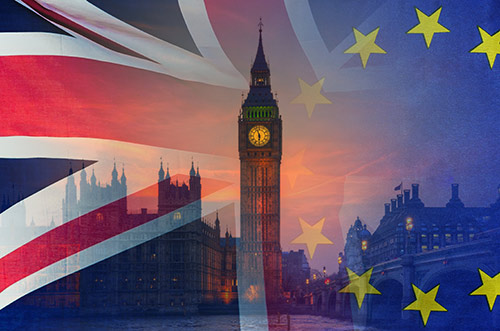Brexit Process Explained in a Nutshell.

The European Union (Withdrawal Agreement Bill) 2019-20 (the ‘WAB’) was published on 21st October 2019. On 20th December 2019, MPs voted 358 to 234 (a majority of 124) in favour of the EU (Withdrawal Agreement) Bill (the 'WAB'). It now looks certain that the UK will leave the European Union (EU) on 31 January, 2020 and enter a period of transition.
The WAB repeals the European Communities Act, which originally took the UK into the EU, but then reinstates it immediately in order to create a transition period up until 31st December 2020. The UK government has ruled out any extension beyond 31st December 2020. During the transition period, both sides will look to negotiate an agreement as to future trading arrangements.
Included in the WAB are details as to how the UK will make future payments to the EU in order to settle its financial obligations. The WAB also gives EU citizens living in the UK and UK citizens living in the EU (up until the date of repeal of the European Communities Act) the right to stay in their EU country of residence, as well as detailing a Customs mechanism for Northern Ireland Trade.
Following approval of the WAB, the UK will leave the customs union and the single market. The overall jurisdiction of the European Court of Justice will also end.
During the transition period the UK must negotiate a trade deal with the EU, as well as agreeing a mechanism for future law enforcement and other areas of cooperation.
The negotiating process is complex and it could take several months for all 27 remaining EU member states to formally agree any deal with the UK. If a deal is not formally concluded by 31st December 2020, then the UK will leave the EU on World Trade Organisation terms (Hard Brexit).
Please cfontact AM Skinner Solicitors if you have any questions or require trade compliance advice.
